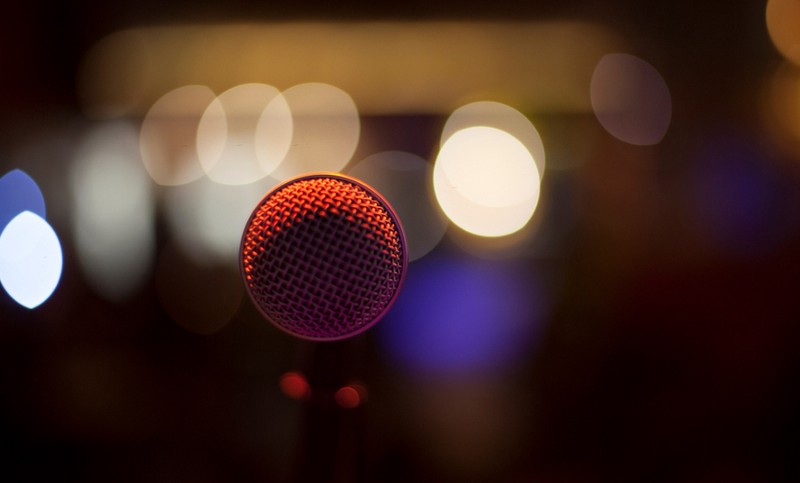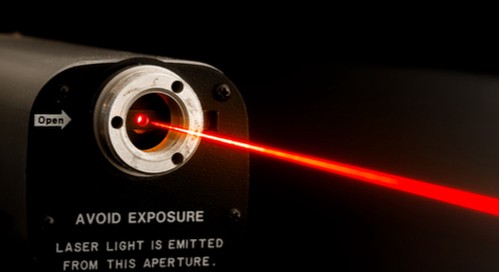PCB Design Software and Electronics Design News for PCB designers, electronics engineers and makers of all kind, visit resources.altium.com and altium.com
Jan 20
Everything You Need to Know About Micro Via PCB Design Techniques

Have you ever felt like you’re a little bit behind with pop culture? I just found out about Lady Gaga, apparently, she was a big deal several years ago. I’m a little bit glad I was late to this party. I get to enjoy her music now, without having to see her playing it in a dress made out of meat. While you may not be interested in the latest weird celebrity fashion choices, there are some trends you should keep an eye on. One of the rising stars in the PCB design world is the microvia, and I’m here to remind you of what they are and all the fantastic things they can do. They can’t sing or dance, but they can save you tons of space on your boards, and drastically reduce EMI.
What Are Microvias?
You may not have heard the latest Lil Yatchy song at your office, but I’m sure you’ve heard a little something about microvias. Let me enhance your knowledge even further.
A microvia is obviously a smaller via, but exactly how small are they? Most people consider microvias to be a via with a diameter less than 150 µm. These tiny holes are drilled by lasers, a process that is constantly being improved. New advances in laser drilling techniques could reduce microvias down to 15 µm. The lasers involved can only drill through one layer at a time. However, manufacturers can make through microvias by drilling them separately in multiple layers and stacking them.
Microvias have a lower potential for manufacturing defects than normal vias. This is because laser drilling doesn’t leave any material behind in the drilled out holes. However, microvias have the same risks as normal vias when it comes to plating and solder reflow. Thus, it’s important that you discuss tenting or filling your microvias with your manufacturer.
Now that you know what microvias are, how can they help you?

Microvias are almost as futuristic as the lasers that drill them.
Space Advantages
You may never buy a pricey house in Hollywood, but you still have to worry about pricey real estate. Board space is money, and microvias will help lower your costs. Microvias’ small size will naturally save you a little space over normal vias. They’ll also help you better utilize via-in-pads (VIPs), are more easily buried, and can make high density interconnect (HDI) design a breeze.
Normally VIPs like to be the stars of the show, but in PCBs, they’re mostly hidden. VIPs save you space by making connections inside the pads of surface mounted technologies (SMTs). Microvias are especially well-suited for VIPs because of their small form factor. Sometimes normal vias are too large to fit inside pads for SMTs like fine pitch ball grid arrays (BGAs). Microvias can fit inside the pad without causing any fabrication issues.
You may be a bit hesitant to try incorporating lots of buried and blind vias into your designs, but microvias will change that. Traditional blind and buried vias will save you space but can be difficult to fabricate. However, because microvias are already made layer by layer, they’re perfectly suited for buried and blind applications. They’re also simply smaller than traditional vias, so you’ll be able to shrink your board even further.
Microvias are especially useful in certain applications, like breaking out BGAs. As I said earlier, microvia VIPs will fit inside the pads of even the finest pitch BGAs and make breakout a breeze. They can be even more useful, though, in breakout channels. Even if you use VIPs to save surface space, you’ll still need lots of layers to get those outputs to other parts of the board. Using microvias can increase escape path width, possibly letting you use fewer layers to breakout a BGA.
EMI Advantages
I like some of this new pop music, but a lot of it just sounds like a terrible racket. I don’t like noisy music, and I don’t like noise in my circuits. Microvias can reduce crosstalk in our audio circuits, but sadly can’t do anything about the music itself. Microvias are perfect for EMI prone circuits, like high-speed and high-frequency applications.
If you’re not careful then your high-speed digital circuits will radiate as much noise as a pop radio station. One of the big problems in high-speed circuits is signal radiation and reflection in vias. Vias make great radiating antennas for these noisy signals. A good way to reduce an antennas power is to reduce antenna size. Using microvias instead of traditional vias will reduce signal radiation through simple geometry. Vias stubs are a major problem for high-speed circuits as well. Stubs reflect signals back into your conductors, attenuating, or even cancelling, the original signal. Microvias are made layer by layer, which means there won’t be any stubs unless you purposefully put them there (don’t do that).
A great application for microvias is in high frequency transmission lines. Take microwave and millimeter wave, stripline conductors for example. They’re suspended in the dielectric of boards and need vias to breakout signals. Large traditional vias introduce too much EMI to be useful in the higher frequency striplines. Microvias are perfect, because they won’t radiate much EMI, and won’t degrade signal integrity with too much reflection.
High frequency circuits are becoming more common, and we’ll be designing a lot more of them in the future. It’s time to start mastering microvias to control EMI on these kinds of boards.
I don’t have time to catch you up on all the latest pop stars, but I hope you’ve at least caught up on the importance of microvias. These tiny, laser drilled, holes are changing the landscape of PCB design. They’ll help you reduce EMI in your boards, and reduce surface area as well.
A good PCB manufacture can let you make your design dreams a reality. Whether you’re a first-time designer with big ideas for the next great gadget, or an experienced engineer looking to refine your workflow, Juvtmall is better choice for you.
#Juvtmall #PCB #PCBA #hardware
 USD
USD EUR
EUR GBP
GBP CAD
CAD AUD
AUD JPY
JPY
